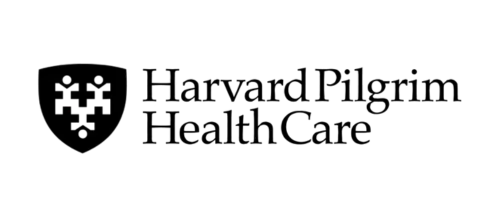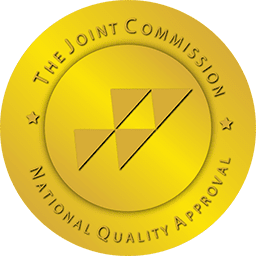[vc_row type=”in_container” full_screen_row_position=”middle” column_margin=”default” column_direction=”default” column_direction_tablet=”default” column_direction_phone=”default” scene_position=”center” text_color=”dark” text_align=”left” row_border_radius=”none” row_border_radius_applies=”bg” overflow=”visible” overlay_strength=”0.3″ gradient_direction=”left_to_right” shape_divider_position=”bottom” bg_image_animation=”none”][vc_column column_padding=”no-extra-padding” column_padding_tablet=”inherit” column_padding_phone=”inherit” column_padding_position=”all” column_element_direction_desktop=”default” column_element_spacing=”default” desktop_text_alignment=”default” tablet_text_alignment=”default” phone_text_alignment=”default” background_color_opacity=”1″ background_hover_color_opacity=”1″ column_backdrop_filter=”none” column_shadow=”none” column_border_radius=”none” column_link_target=”_self” column_position=”default” gradient_direction=”left_to_right” overlay_strength=”0.3″ width=”1/1″ tablet_width_inherit=”default” animation_type=”default” bg_image_animation=”none” border_type=”simple” column_border_width=”none” column_border_style=”solid”][vc_column_text]
What is Anxiety?
Anxiety refers to feelings of dread, worry, and nervousness. Everyday anxiety usually has an identifiable focus or cause, but anxiety can exist all on its own with no known prompt or cause. This kind of anxiety can be so overwhelming it gets in the way of a person’s ability to lead their lives the way they want to. When anxiety rises to this degree, it becomes an anxiety disorder. Anxiety disorders, along with depressive disorders, are the most common of all psychological conditions.
- These are the 4 anxiety disorders:
- Generalized Anxiety Disorder (GAD)
- Panic Disorder
- Post-traumatic Stress Disorder (PTSD)
- Social Anxiety Disorder
Historically, OCD has been classed with anxiety disorders. However, within the last decade, OCD has been moved to its own category, although many practitioners still consider it an anxiety disorder.
Understanding Generalized Anxiety Disorder
In Generalized Anxiety Disorder (GAD), the amount of worry and distress a person experience is greatly out of proportion to the cause, and the sufferer lacks control of the worry. GAD’s anxiety is ongoing, excessive, and interferes with a person’s daily life. GAD also flies from source to source, even when there’s no real danger or reason to be concerned.
These are the typical symptoms of Generalized Anxiety Disorder:
- Seeing most events and situations as threatening, even when they are trivial
- The constant worry that’s greatly out of proportion to the potential threat or danger
- Poor concentration, “going blank” when trying to focus
- Inability to control or reduce the levels of dread or worrying
- Inability to relax or calm oneself
The physical symptoms of GAD include:
- Feelings of restlessness and agitation
- Irritable Bowel Syndrome
- Stomachache
- Nausea, vomiting
- Problems sleeping
- Muscle tension, muscle aches
- Sore, tight jaws, teeth grinding
- Fatigue
- Trembling, feeling twitchy
- Heightened startle response
What are Some Obsessive-Compulsive Disorder Signs?
Obsessive-compulsive Disorder (OCD) is a psychological disorder in which people experience recurrent, intrusive, and deeply unpleasant thoughts, images, or ideas that cause them to feel irresistibly drawn to carrying out repetitive behaviors to relieve their anxiety.
These behaviors often include checking, cleaning, hand washing, and counting, which interfere with a person’s ability to live the life they desire.
Obsessive-Compulsive Disorder is noted by irresistible urges to carry out ritualized repetitive behaviors to avert irrational, imagined negative outcomes. People with OCD understand their behaviors are not rational, but without effective treatment, they cannot stop performing them.
These repetitive behaviors are generated by distressing thoughts that intrude into the sufferer’s thoughts and generate high anxiety levels. Performing compulsive, repetitive behaviors then reduces the anxiety temporarily.
Some obsessive symptoms can include:
- Elevated stress when objects are not placed correctly or according to a specific pattern
- Counting items
- Fear of germs, avoidance of everything and everyone who might be carrying germs
- Strong need to follow a strict routine or rituals
- Need to check and re-check, such as locking doors or turning off the stove
- Excessive hand washing or bathing, often to the point of skin damage
- Excessive house cleaning
- An unusual need for reassurance
The Difference Between Obsessive Compulsive Disorder & Generalized Anxiety
OCD and GAD are both disorders that provoke unbearable anxiety, but in most other ways, they’re quite different. The most significant difference between OCD and GAD is the presence of compulsions. People with OCD perform compulsive behaviors; people with GAD do not.
Some of the other major differences between OCD and GAD include:
- Obsessions versus worries. People with GAD lack obsessions, which are a hallmark of OCD. As well, GAD sufferers typically worry about problems that happen in life—it’s just the extreme degree to which they worry is out of proportion to the level of threat that’s present. For example, a person with GAD might conclude that a sudden minor headache indicates an impending stroke and be unable to control their worry until the headache goes away. People with GAD tend to catastrophize; they imagine the worst possible outcomes for any situation that’s even slightly negative.
- Focus. Sometimes referred to as the “stickiness” of anxiety, people with GAD have many different items or situations they worry about. People with OCD have a single or narrow focus—for example, fear of contamination.
Is There Effective Treatment for Anxiety Disorders?
The good news is that OCD and GAD respond well to mental health treatment. Both conditions may be treated successfully with varying forms of Cognitive-Behavioral Therapy, although sometimes medication is added to therapy for better results.
CBT for Obsessive-Compulsive Disorder
A specific subtype of CBT is effective for OCD. Called Exposure and Response Prevention (ERP), it involves exposing a person to the prompt for their compulsive behavior while assisting them in withholding from carrying out their particular compulsive ritual. Before exposing someone to a real-world situation where they encounter their compulsion trigger, the therapist will assist the client in imagining doing so.
Medications for OCD include:
- Fluvoxamine (Luvox) for adults and children 8 years and older
- Sertraline (Zoloft)
- Fluoxetine (Prozac)
CBT for Generalized Anxiety Disorder
CBT is also the recommended treatment for GAD. It involves the following components:
- Cognitive restructuring. In cognitive restructuring, a therapist helps clients identify harmful thinking patterns that lead to worry. By learning to challenge these habitual and negative thoughts, people learn to avoid negative predictions about outcomes. Essentially, cognitive restructuring helps a person change the way they think, which reduces or eliminates anxiety.
- Systematic exposure. In systematic exposure, a therapist guides a client in imagining the worst possible outcomes of the object of their distress and worry. The goal is to explore the idea of the worst-case outcome in a safe place with a reassuring person who can help them understand their imagination is not describing realistic outcomes.
Medications for GAD include:
- Catapres
- Inderal
- Neurontin
- Lexapro
- Zoloft
Absolute Awakenings in Morris Plains, New Jersey, offers compassionate treatment for OCD and anxiety disorders. If you or a loved one are ready to get help, contact us at 866-768-0528 or visit our admissions department.
References
- Division (DCD) DC. What are the five major types of anxiety disorders? HHS.gov. Published February 9, 13AD. Accessed January 3, 2023. https://www.hhs.gov/answers/mental-health-and-substance-abuse/what-are-the-five-major-types-of-anxiety-disorders/index.html
- Marras A, Fineberg N, Pallanti S. Obsessive compulsive and related disorders: comparing DSM-5 and ICD-11. CNS Spectrums. 2016;21(4):324-333. doi:10.1017/S1092852916000110
- Generalized anxiety disorder – Symptoms and causes. Mayo Clinic. Published October 13, 2017. Accessed January 3, 2023. https://www.mayoclinic.org/diseases-conditions/generalized-anxiety-disorder/symptoms-causes/syc-20360803
- Obsessive-compulsive disorder (OCD) – Symptoms and causes. Mayo Clinic. Published March 11, 2020. Accessed January 3, 2023. https://www.mayoclinic.org/diseases-conditions/obsessive-compulsive-disorder/symptoms-causes/syc-20354432
- Finch SD. Crazy Talk: How Is OCD Different from Generalized Anxiety? Healthline. Published August 7, 2019. Accessed January 3, 2023. https://www.healthline.com/health/mental-health/ocd-vs-generalized-anxiety
- Glasofer DR. How GAD and OCD Are Different. Verywell Mind. Published May 5, 2022. Accessed January 3, 2023. https://www.verywellmind.com/what-is-the-difference-between-gad-and-ocd-1393010
- Obsessive-compulsive disorder (OCD) – Diagnosis and treatment – Mayo Clinic. Published March 11, 2020. Accessed January 3, 2023. https://www.mayoclinic.org/diseases-conditions/obsessive-compulsive-disorder/diagnosis-treatment/drc-20354438
- Treatments for OCD | Anxiety and Depression. Published October 28, 2022. Accessed January 3, 2023. https://adaa.org/understanding-anxiety/obsessive-compulsive-disorder-ocd/treatments-for-ocd
[/vc_column_text][/vc_column][/vc_row]












